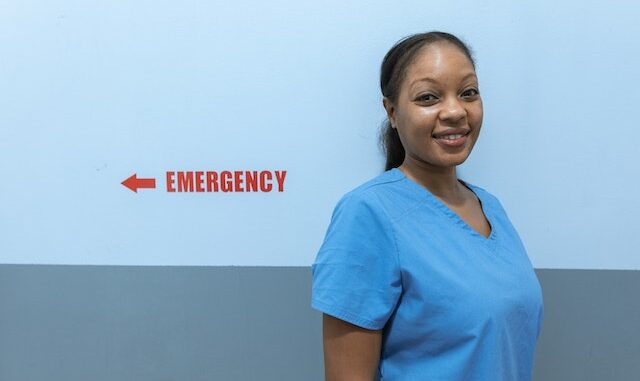
In the realm of healthcare, patient safety is paramount. Emergency situations require swift action and effective strategies to ensure the well-being of needy individuals. One area where innovation has taken centre stage is patient evacuation, especially for bariatric patients. In recent years, bariatric sheets have revolutionised emergency response, providing a safer and more efficient means of moving and evacuating larger patients. This listicle will explore the future of patient safety and the significant impact these sheets make in emergencies.
The Challenges of Bariatric Patient Evacuation
Bariatric patients, who require special care due to their weight and size, present unique challenges during emergency evacuations. Traditional methods, such as manual lifting or standard evacuation equipment, often prove inadequate for safely moving these individuals. This creates potential risks for the patients and the healthcare providers involved in their transportation. Thus, a more innovative approach was required to address this critical issue.
Introducing Bariatric Evacuation Sheet
Enter the bariatric evacuation sheets—a game-changing solution to enhance patient safety during emergency evacuations. These sheets are specifically engineered to accommodate the needs of larger patients, providing a secure and efficient means of transporting them to safety. Made from durable and flame-resistant materials, these sheets feature reinforced handles and straps strategically positioned to distribute the patient’s weight evenly, reducing the risk of injury during movement.
Enhanced Safety and Efficiency
One of the primary advantages of a bariatric evacuation sheet is its enhanced safety for patients and healthcare providers. By utilizing these sheets, emergency responders can effectively and safely move bariatric patients, minimizing the risk of accidents, falls, or strain-related injuries. The handles and straps allow multiple caregivers to share the load, reducing physical exertion and fatigue and ensuring smoother and more controlled patient transportation.
Versatile Application
A bariatric evacuation sheet is not limited to emergency situations alone. They can also be utilised within healthcare facilities for routine patient transfers. Whether moving a patient from a bed to a stretcher or from one department to another, these sheets provide a versatile solution to meet the unique needs of bariatric patients. This versatility increases efficiency within healthcare settings and promotes a safer environment for patients and healthcare professionals.
Ease of Use and Storage
Designed with simplicity in mind, these evacuation sheets are easy to use and store. They can be quickly deployed when needed, enabling swift response during emergencies. The compact and lightweight design allows for convenient storage in limited spaces, ensuring accessibility and readiness at all times. These features contribute to an efficient emergency response system where every second counts.
Training and Preparedness
Implementing these evacuation sheets requires proper training and preparedness. Healthcare providers and emergency responders should receive comprehensive training to ensure they can effectively use these sheets. By familiarising themselves with the equipment, responders can quickly and confidently apply the necessary techniques during high-stress situations. Regular drills and simulations can enhance preparedness, enabling healthcare teams to respond swiftly and efficiently when it matters most.
Conclusion
Patient safety remains at the forefront of healthcare innovation as the future unfolds. The introduction of these evacuation sheets has revolutionized emergency response, offering a secure and efficient solution for transporting larger patients. With enhanced safety features, versatility, ease of use, and proper training, these sheets have the potential to significantly improve patient outcomes and reduce the risk of injuries for both patients and healthcare providers. As technology advances, individuals can expect further developments in patient safety, shaping the future of emergency response and revolutionizing how people care for those in need.
